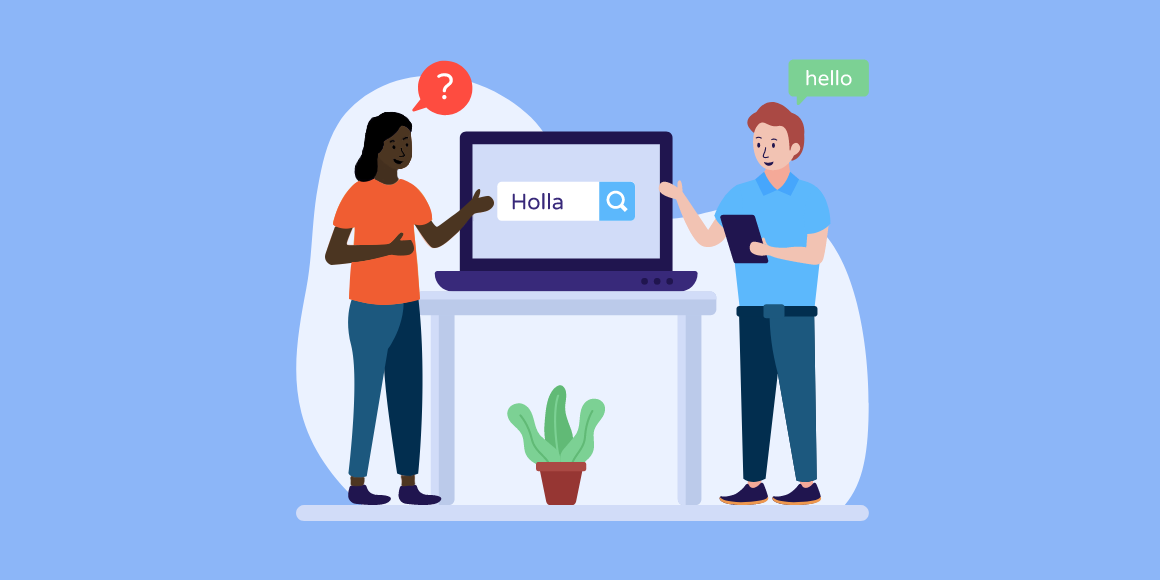This article was originally published in September 2016 and has been updated.
Technology continues to improve, making many tasks easier and more efficient. This is especially true in the world of translation. Machine Translation (MT) has found a niche in the industry, enabling large-scale translation initiatives to be completed more expeditiously than ever before.
Sure, there are thousands of online MT tools that allow you to either speak or type text in one language and have it translated into another (think Google Translate or Skype Translator). Maybe you want to know the Spanish word for “backpack.” Type the word into Google Translate and the Spanish equivalent, “mochila,” will appear in less than a second. Which is great when you are trying to quickly decipher one or two words in another language. However, this method can be tedious and unreliable when used to translate a long document, like a letter or a blog post. Translation service providers like United Language Group have more robust MT technology that can process thousands of documents quickly, which can be a major advantage for large-scale translation projects.
Although this technology can help expedite the translation process and save money, it has its flaws. MT is simply not as effective as human translation when it comes to deciphering complex and culturally nuanced texts. But despite these risks, MT is still a tremendously valuable and promising technology, once it is properly understood. The translation industry cannot turn a blind eye to this technology. With that said, MT is ideally suited as a complement to human translation to ensure accuracy.
When To Use Machine Translation
The biggest benefit of MT is its ability to efficiently translate large documents or data sets. It’s also a great way to get the “gist” of your text if you’re trying to quickly sift through a large volume of information.
New MT applications for consumers keep popping up in the marketplace, and they continue to be popular tools for attempting to knock down the language barrier. Even though these MT tools can be handy for general translation work, they aren’t recommended without human translation as a backup. Without a trusted human source to identify cultural nuances, there is too much room for error when only using MT.
Bing learned this the hard way when its machine translation solution incorrectly translated “Daesh,” another word for the Islamic State, to “Saudi Arabia” in the English translation. The Bing error was deemed culturally offensive to much of the Islamic nation and underlined the inherent risks and challenges with MT.
Getting it Right
At United Language Group, we understand the importance of accuracy and timeliness when it comes to translation and can guide you on how to apply translation technology properly for the best results.
Our industry-leading data scientists would be more than happy to explain the benefits and challenges of any aspect of language technology. Our aim is to ensure your language solution, whether that comes from human translation or automated translation, meets your exact organizational needs, and intended outcomes. From connecting to customers in a new market to serving limited English proficiency (LEP) healthcare members, ULG is the world’s leading language solutions expert, and we are here to help you navigate the evolving world of Machine Translation and Artificial Intelligence.

